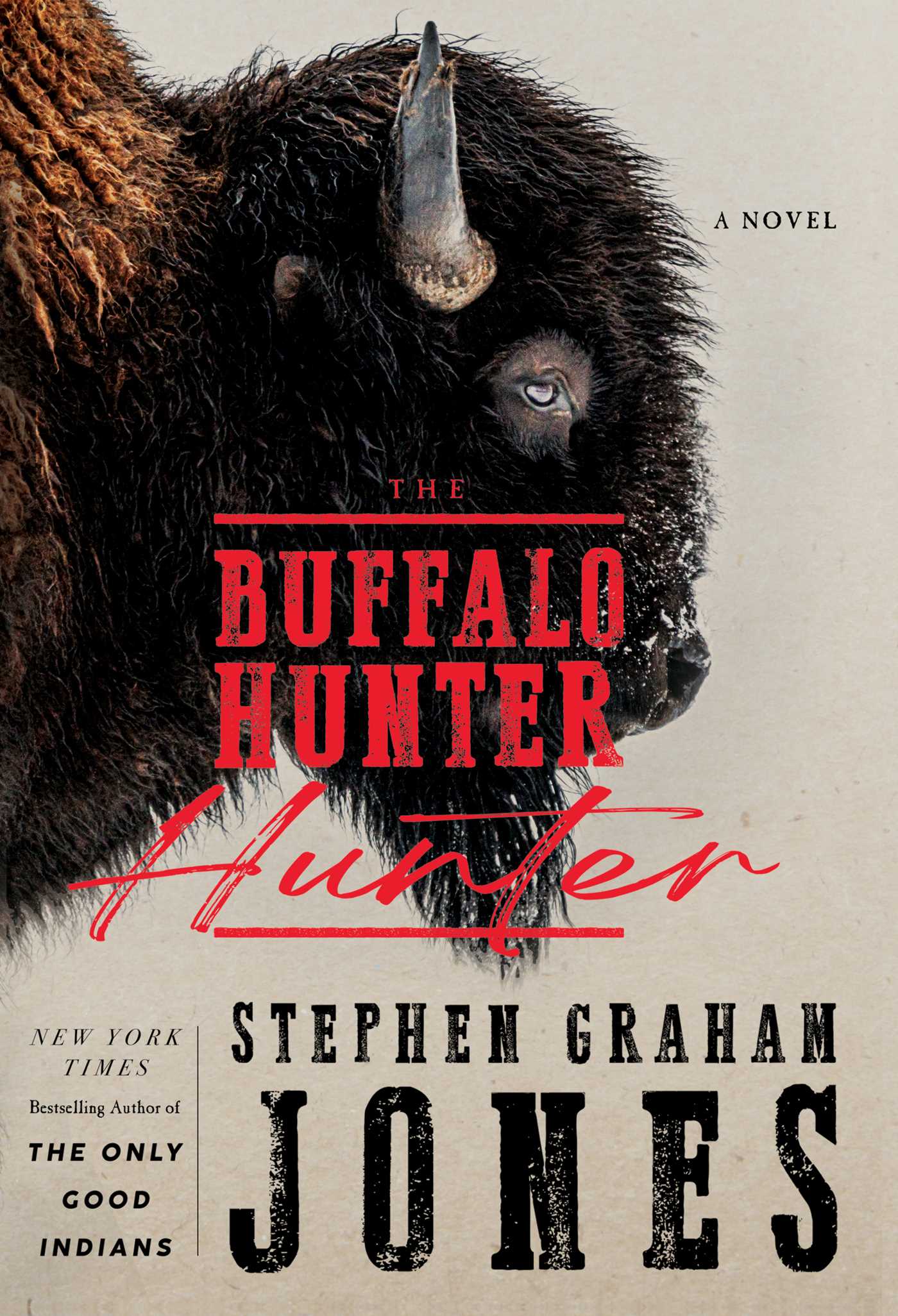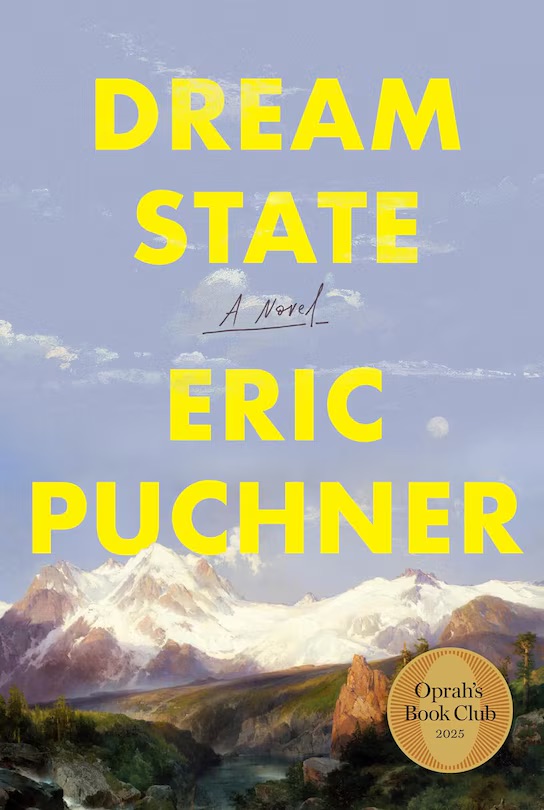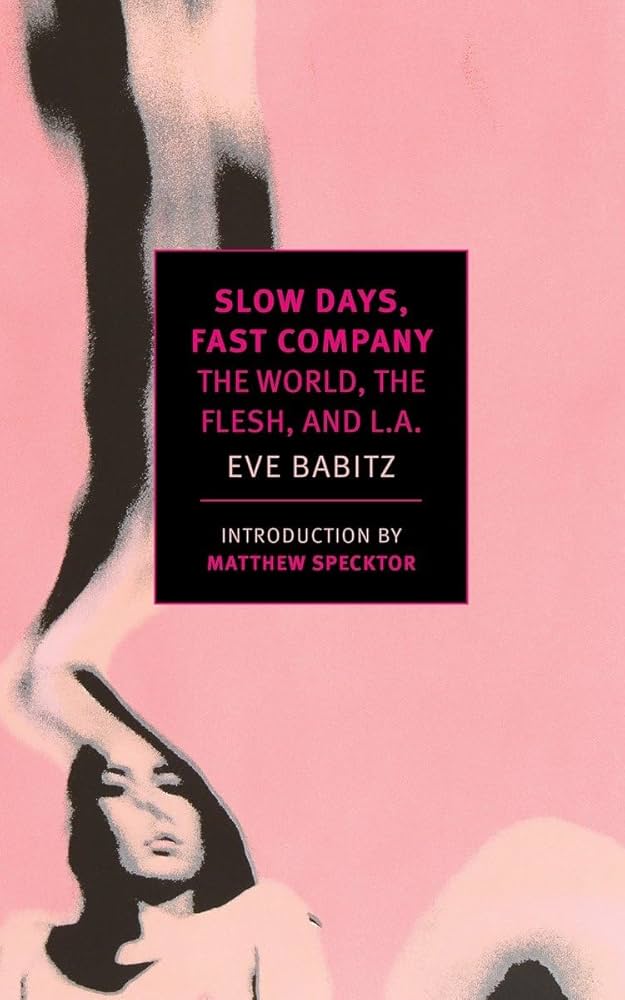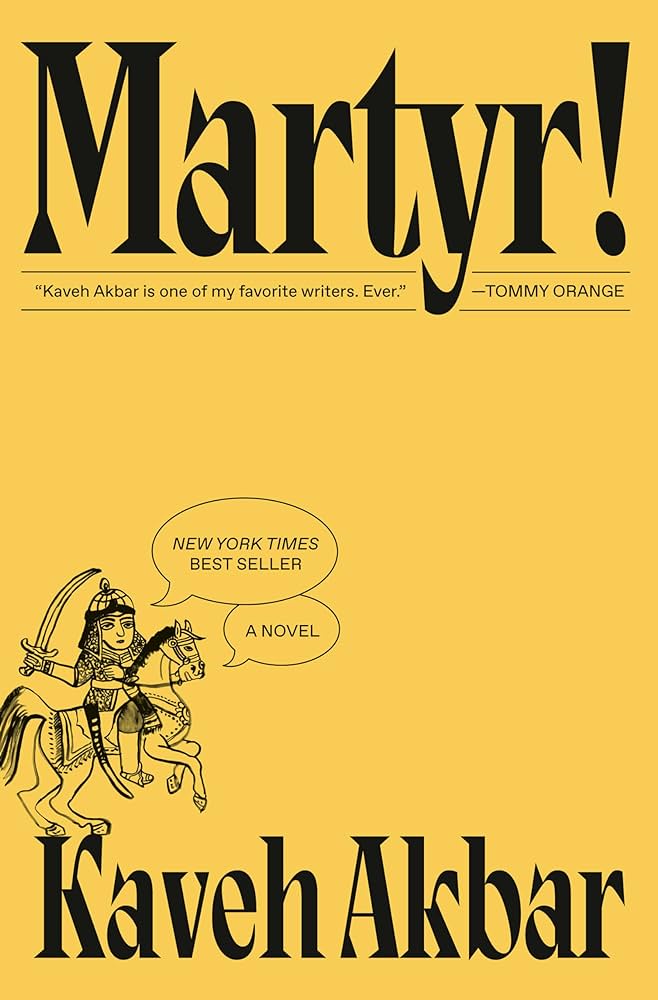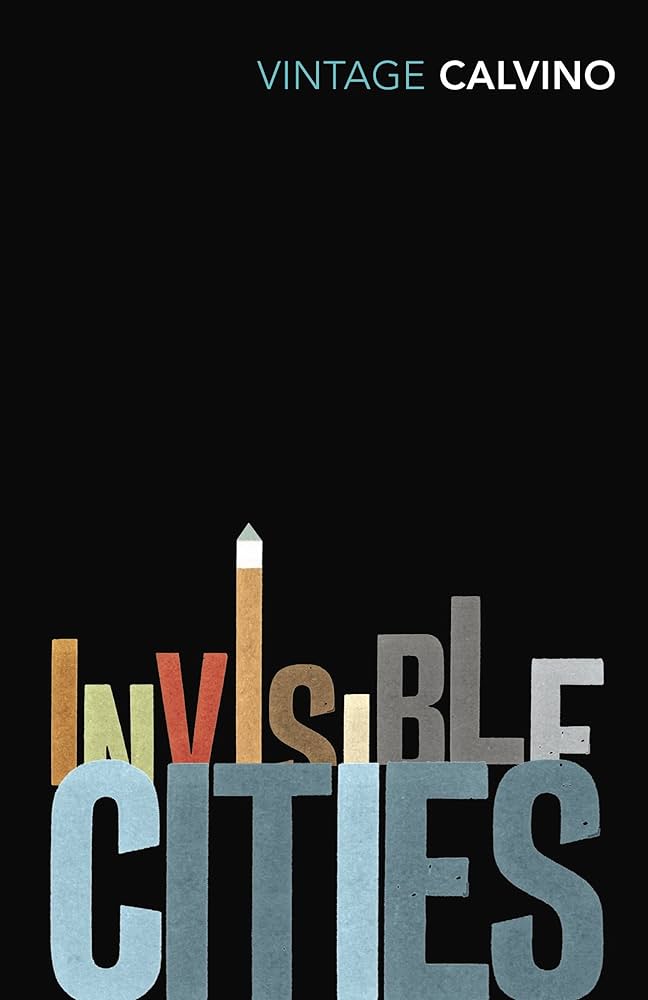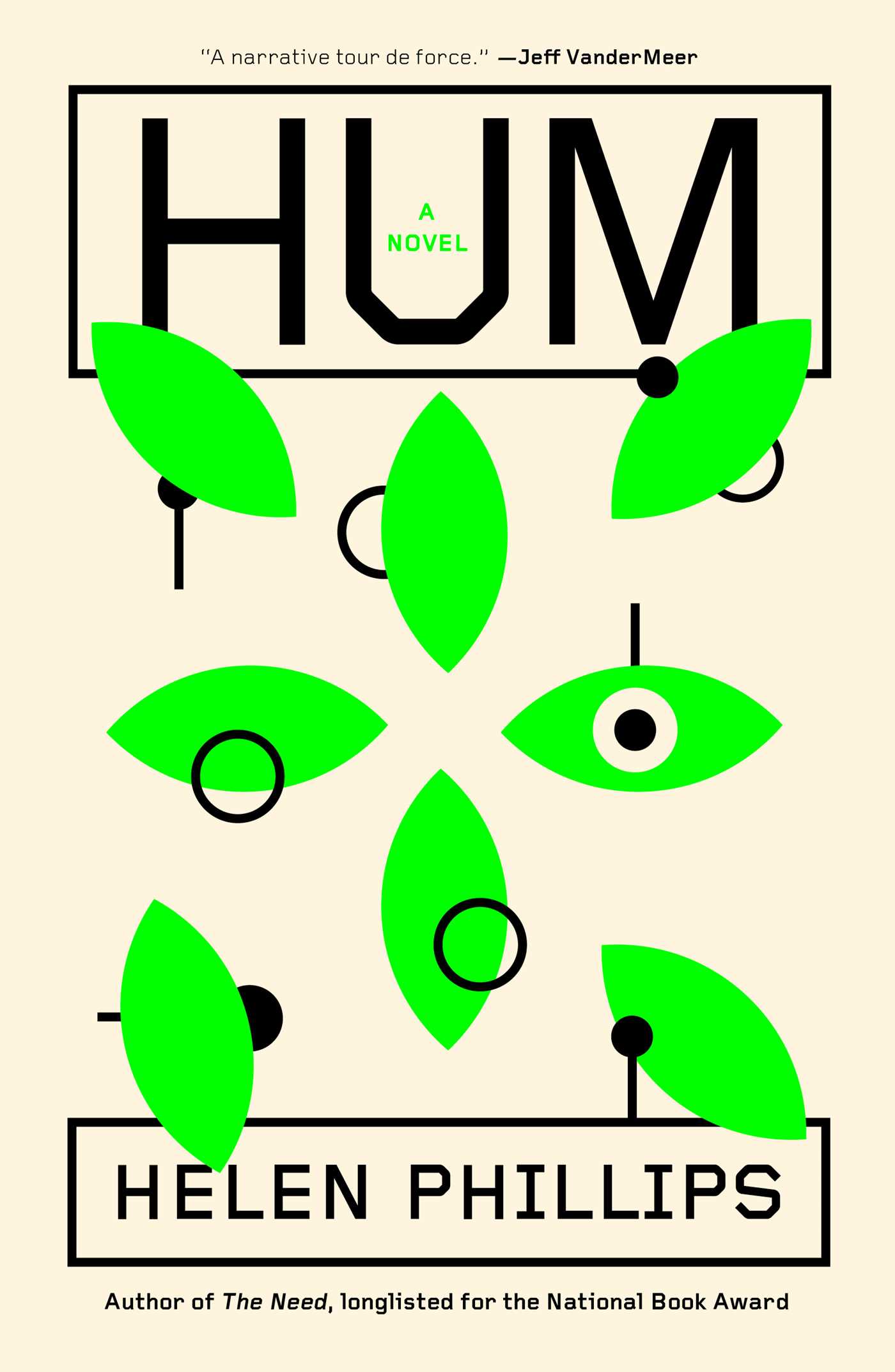I didn’t know what to expect when I cracked open Adrian Tomine’s Killing and Dying. I knew of him: a renowned New Yorker cartoonist whose collection of graphic short stories was very highly regarded. To me, it’s a bit uneven, with some stories hitting harder than others, but when it works, it’s a gut-punch wrapped in silence. I was sometimes reminded of Raymond Carver in graphic form—melancholy, contemplative, slicing into everyday lives with a steady hand and a keen eye. It’s not perfect, but the highs made it memorable.
Killing and Dying is a collection of six stories, and it isn’t loud or flashy. Tomine’s art is clean, his colors muted, his people awkward and real. It’s the kind of book where nothing much happens until you realize everything’s happened. “Amber Sweet” was the first to grab me—weird and interesting in the best way. It’s about a college girl who keeps getting mistaken for a porn star with her same face. She’s mortified, chasing down this doppelgänger to reclaim her identity, only to find the truth is messier than she thought. The twist isn’t shocking; it’s the slow burn of shame and recognition that sticks. I couldn’t look away.
Then there’s “Go Owls,” (read some of it here) which blindsided me—surprising and sad as hell. A middle-aged guy meets a woman at a recovery meeting, and what starts as a quirky fling (they bond over baseball and bad beer) turns dark. He’s a schlub, she’s a mess, and their codependency gets ugly fast, a little like Carver’s “What We Talk About When We Talk About Love,” but with more yelling and a gut-wrenching fade-out. It’s not fun, but it’s haunting, and I’m still thinking about that last panel.
The title story, “Killing and Dying,” might be the best of the bunch—excellent in its restraint. A teenage girl wants to try stand-up comedy, her dad’s supportive, her mom’s skeptical, and then cancer creeps in. It’s less about the punchlines than the silences—Tomine draws the weight of every glance, every unsaid word. The ending’s a quiet ache, not a big sob, and it’s perfect for it. That Carver vibe shines here: small lives, big feelings, no easy outs.
The other three—“A Brief History of the Art Form Known as ‘Hortisculpture’,” “Translated, from the Japanese,” and “Intruders”—were a mixed bag. “Hortisculpture” follows a gardener obsessed with a dumb art idea his family hates; it’s funny, but I don’t feel it stuck the landing. “Translated” is a letter from a mother to her son, all understated longing—pretty, but it didn’t stick with me. “Intruders” has a guy squatting in his old apartment; it’s tense, but goes in a direction that didn’t make sense to me. They’re good, just not as sharp as the standouts.
Tomine’s not here to dazzle with plot twists or shocks—he’s sketching people at their breaking points, and the art carries half the load. The New York Times praised its “emotional depth,” and I get that; it’s subtle but heavy. I liked it more than I thought I would, even if it’s not a home run across the board. If you’re into short fiction that lingers—Carver fans especially—Killing and Dying is worth the time. “Amber Sweet,” “Go Owls,” and the title story alone make it.





